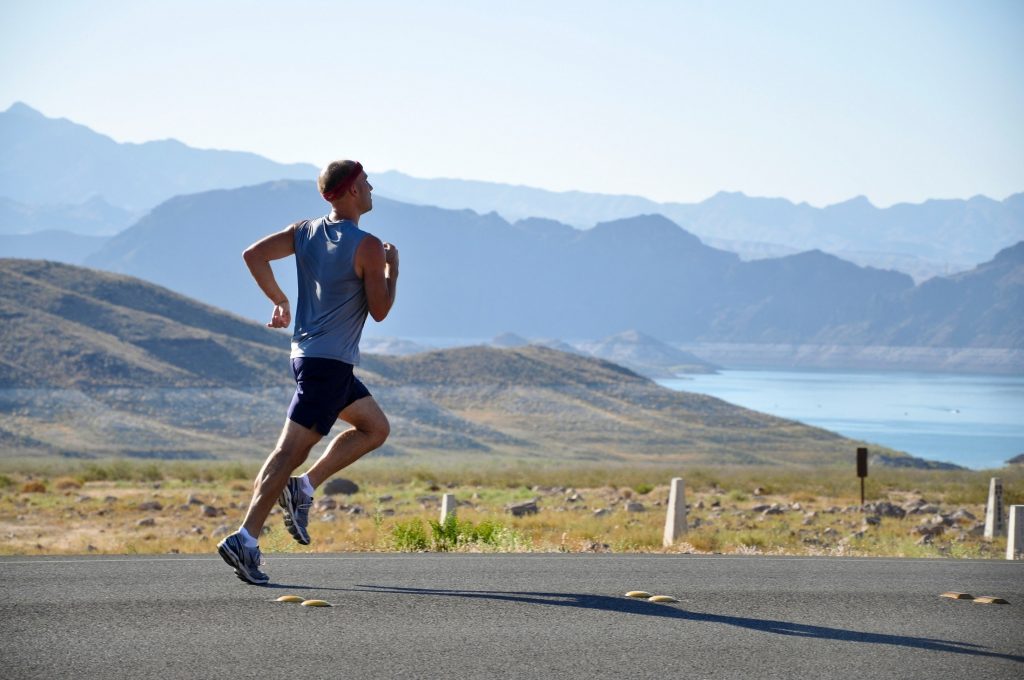Walking and running for health

Running for good
Walking and running are two forms of exercise that can provide a wide range of health benefits for senior citizens. Regular physical activity is essential for maintaining overall health and well-being, and walking and running are two simple and accessible forms of exercise that can be done by people of all ages and fitness levels.
One of the most significant benefits of walking and running for senior citizens is the improvement of cardiovascular health. As we age, our cardiovascular systems may become less efficient, leading to an increased risk of heart disease and stroke. Regular aerobic exercise, such as walking and running, can help to strengthen the heart and improve blood flow, reducing the risk of these conditions. Additionally, regular exercise can also help to lower blood pressure and cholesterol levels.
Another benefit of walking and running for senior citizens is the improvement of bone health. As we age, our bones may become more brittle, increasing the risk of fractures. Weight-bearing exercises, such as walking and running, can help to strengthen bones and reduce the risk of fractures.
Walking and running can also have a positive impact on cognitive function. Research has shown that regular exercise can improve memory, concentration, and overall cognitive function. Additionally, regular exercise can also help to reduce the risk of age-related cognitive declines, such as dementia and Alzheimer’s disease.
Physical exercise can also help improve mental health. Regular exercise can help to relieve symptoms of anxiety and depression, as well as improve overall mood. Exercise has been linked to the increased release of endorphins, which are responsible for the feeling of well-being and happiness.
Finally, walking and running can also help senior citizens to maintain independence. Regular exercise can help to improve balance, coordination, and flexibility, reducing the risk of falls and injuries. Additionally, regular exercise can help to improve overall strength, making it easier to perform daily activities.
In terms of the number of steps, the Centers for Disease Control and Prevention (CDC) recommends that older adults get at least 150 minutes of moderate-intensity aerobic activity or 75 minutes of vigorous-intensity aerobic activity per week. This can be done in increments of 10 minutes or more, and it’s important to spread out the activity throughout the week. The CDC also recommends that older adults should perform muscle-strengthening activities at least two days per week.
In summary, walking and running are two forms of exercise that can provide a wide range of health benefits for senior citizens. Regular physical activity is essential for maintaining overall health and well-being, and walking and running are two simple and accessible forms of exercise that can be done by people of all ages and fitness levels. It is recommendable for senior citizens to walk or run for at least 150 minutes or 75 minutes per week.

